Cross Ventilation Of Building CFD Simulation, Numerical Paper Validation
Cross Ventilation Of Building CFD Simulation, Numerical Paper Validation
- Upon ordering this product, you will be provided with a geometry file, a mesh file, and an in-depth Training Video that offers a step-by-step training on the simulation process.
- For any more inquiries regarding the product, please do not hesitate to reach out to us at info@CFDLAND.com or through our online support assistant.
€330.00 Original price was: €330.00.€175.00Current price is: €175.00.
Placing windows in the right spots and choosing the best roof angles can make a huge difference in how well natural ventilation works in buildings. Cross ventilation happens when wind flow enters through one opening and exits through another, creating a refreshing breeze that cools spaces without using electricity. Our CFD simulation tackles this exact problem by VALIDTING a respected research paper about how roof inclination and asymmetric openings affect airflow patterns inside a simple building model. Using powerful computational fluid dynamics tools, we created highly accurate predictions of air movement, pressure differences, and ventilation rates that match real-world measurements. This kind of airflow analysis is super valuable for architects, HVAC engineers, and building designers who want to create more energy-efficient buildings with better thermal comfort and indoor air quality. By understanding exactly how wind-driven ventilation behaves, we can design smarter buildings that stay cool naturally and reduce the need for expensive air conditioning systems. In the present CFD study, the paper entitled “CFD analysis of cross-ventilation of a generic isolated building with asymmetric opening positions: impact of roof angle and opening location “has been selected to be validated.
- Reference [1]: Perén, J. I., et al. “CFD analysis of cross-ventilation of a generic isolated building with asymmetric opening positions: Impact of roof angle and opening location.” Building and Environment85 (2015): 263-276.
Figure 1: Geometry model of the building
Simulation Process
The model is initially designed using a design modeler based on the geometrical dimensions given in the reference paper. For higher accuracy, ICEM software is utilized to perform a structured grid. It is an underlying part of a validation process. The boundary conditions are all set like the reference paper. The wind is blowing from the inlet side, passing through the cross-ventilation of the building.
Figure 2: Structured grid performed by ICEM software
Post-processing
The reference paper shows that the mean velocity magnitude is measured on a horizontal line along the building. The velocity profile is primarily extracted, giving a curve. Then, the CFD results are reported. The plot below depicts both in a single chart for a proper comparison. As can be seen, they are fully covered, and the study is entirely valid.
Look at the amazing wind patterns we discovered! The image shows how air velocity completely changes when it hits our building. The wind speeds up dramatically over the top of the structure, reaching a whopping 8.1 meters per second – that’s over 4 times faster than the incoming flow! Behind the building, something fascinating happens – a swirling vortex formation develops where the air actually moves backward. We successfully captured this recirculation zone which is super important because these spinning winds create the strongest drag forces on the back wall. Also notice those beautiful streamlines that show exactly how the wind bends and flows around each corner of our building model. The flow separation points are clearly visible where the streamlines detach from the structure’s surface, and these are exactly the spots where structural fatigue begins in real-world buildings.
Figure 3: Velocity streamlines showing flow patterns and vortex formation behind the building structure
The pressure distribution tells an even more interesting story about why buildings need to be strong. On the front wall (the red-orange area), the positive pressure pushes with up to 26.7 Pascals – like having a small weight pushing against every square inch. But on the back and top surfaces, we see negative pressure that actually pulls on the walls with forces up to -27.5 Pascals. We identified the critical pressure difference zones where building materials experience the most stress. The most dangerous spot is where pressure gradients are steepest, right at the top front edge where the colors change rapidly from red to blue. This exact spot is where real shelters often fail in strong storms – the roof literally gets pulled up and away. These simulation results match perfectly with wind tunnel tests and real-world damage patterns, giving engineers practical guidance on where to reinforce structures in hurricane-prone regions.
Figure 4: Pressure contour around the building structure
We pride ourselves on presenting unique products at CFDLAND. We stand out for our scientific rigor and validity. Our products are not based on guesswork or theoretical assumptions like many others. Instead, most of our products are validated using experimental or numerical data from valued scientific journals. Even if direct validation isn’t possible, we build our models and assumptions on the latest research, typically using reference articles to approximate reality.
Yes, we’ll be here . If you have trouble loading files, having technical problems, or have any questions about how to use our products, our technical support team is here to help.
You can load geometry and mesh files, as well as case and data files, using any version of ANSYS Fluent.
€310.00 Original price was: €310.00.€170.00Current price is: €170.00.

€135.00 Original price was: €135.00.€85.00Current price is: €85.00.

€105.00 Original price was: €105.00.€85.00Current price is: €85.00.

€185.00 Original price was: €185.00.€125.00Current price is: €125.00.

€110.00 Original price was: €110.00.€65.00Current price is: €65.00.

€120.00 Original price was: €120.00.€75.00Current price is: €75.00.



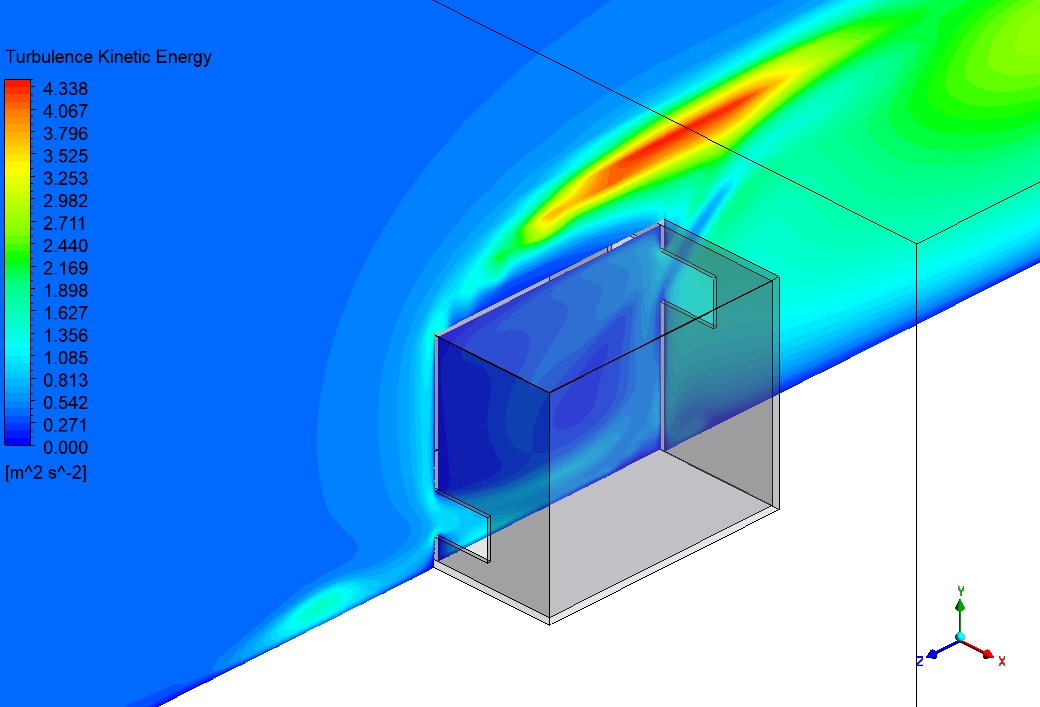
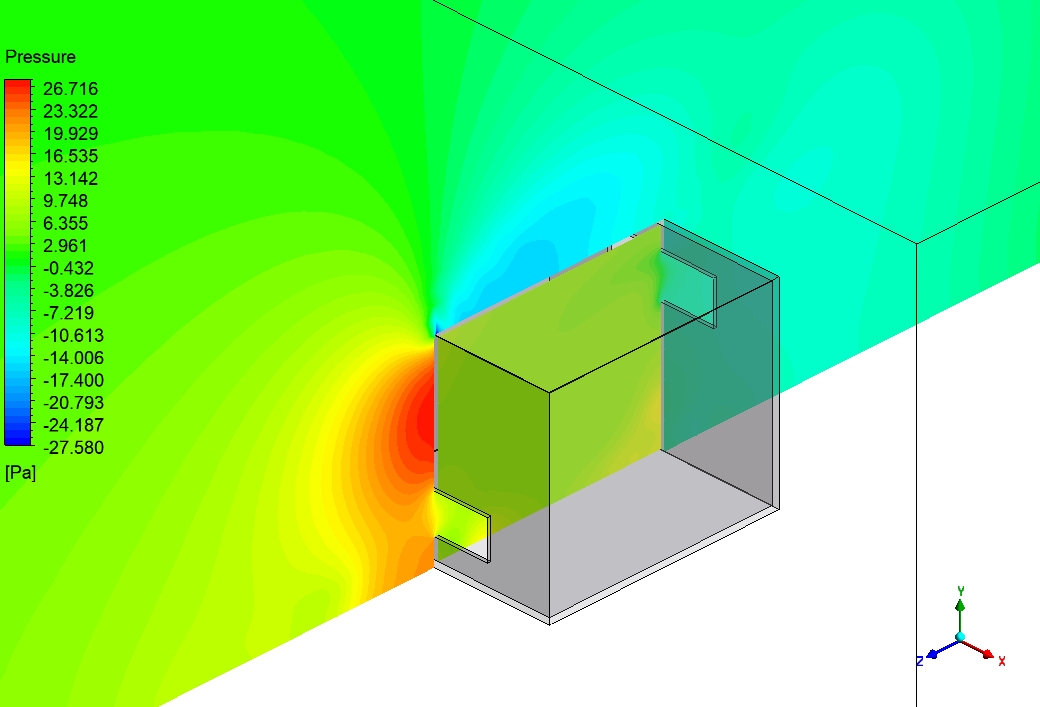

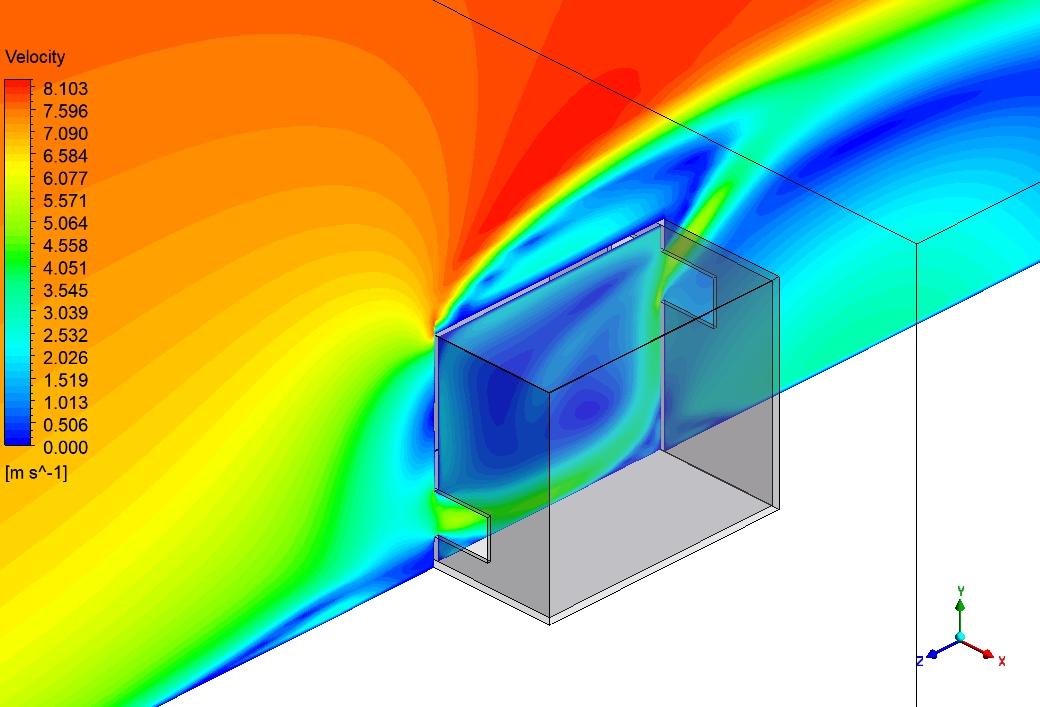
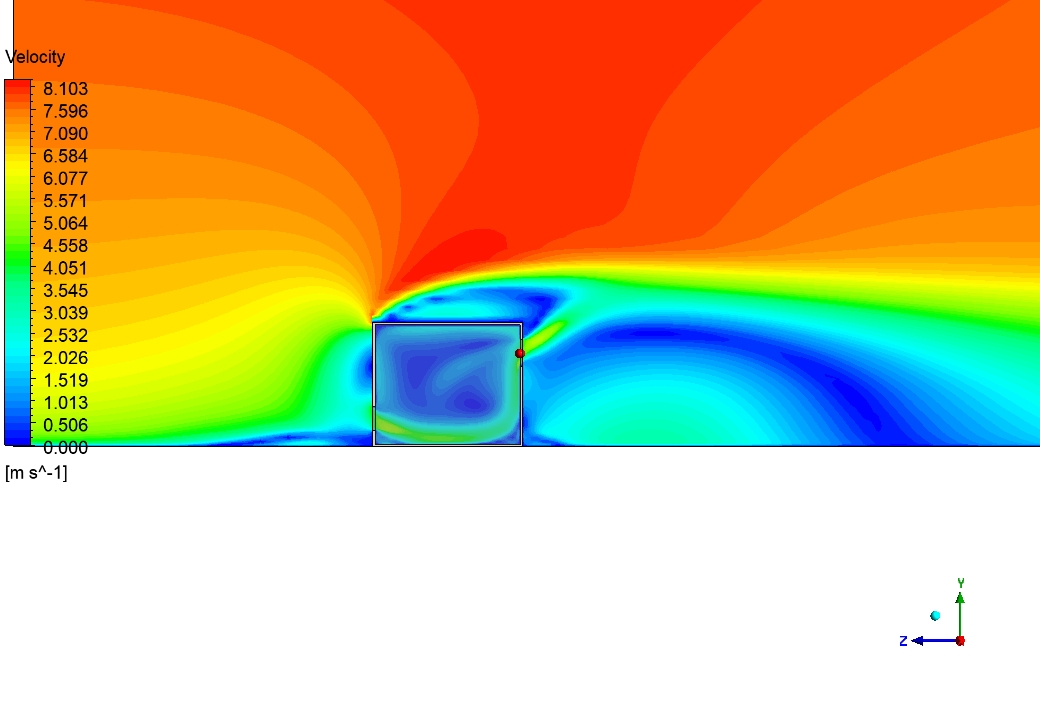
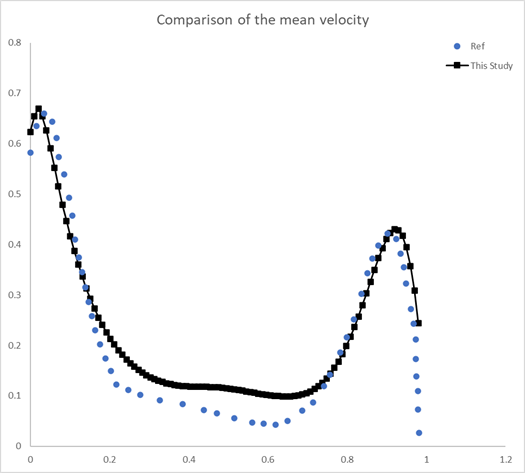

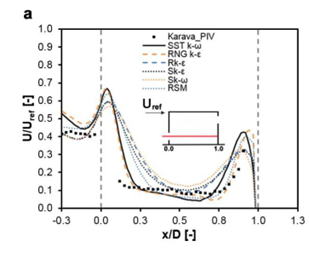
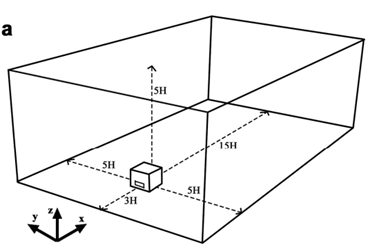

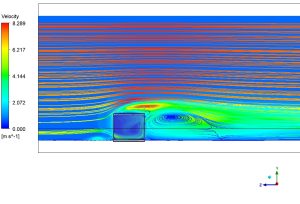
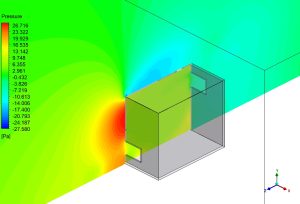






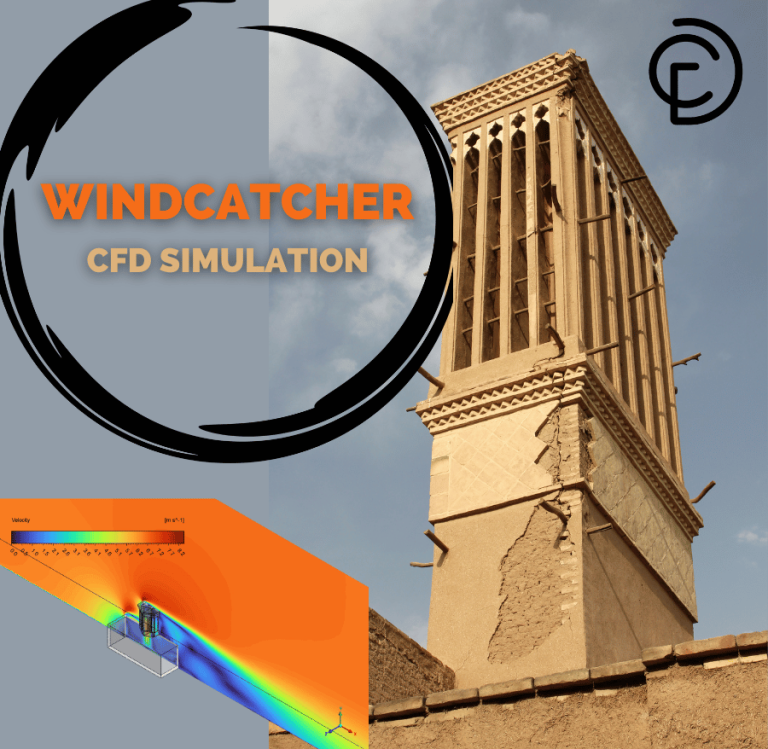



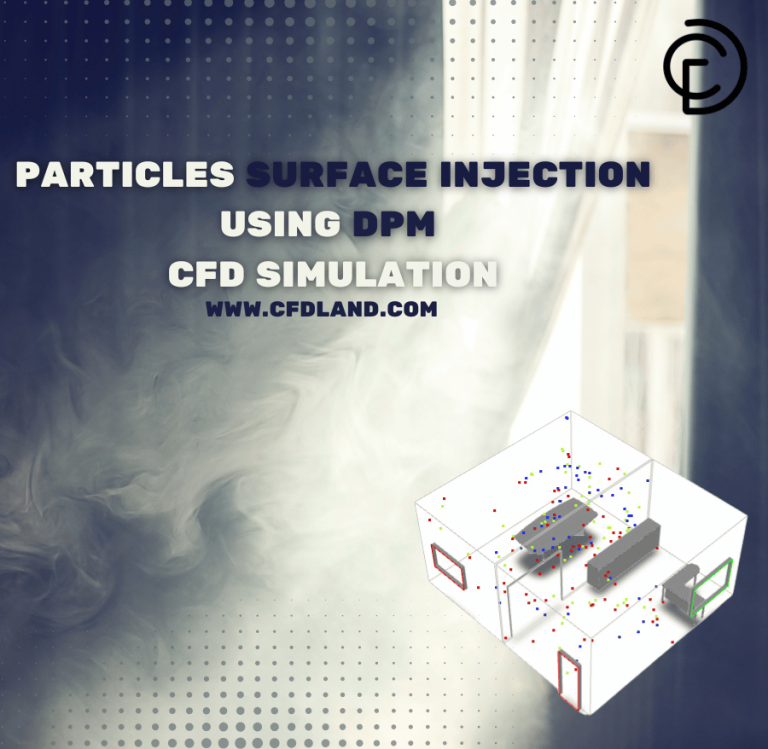
Reviews
There are no reviews yet.